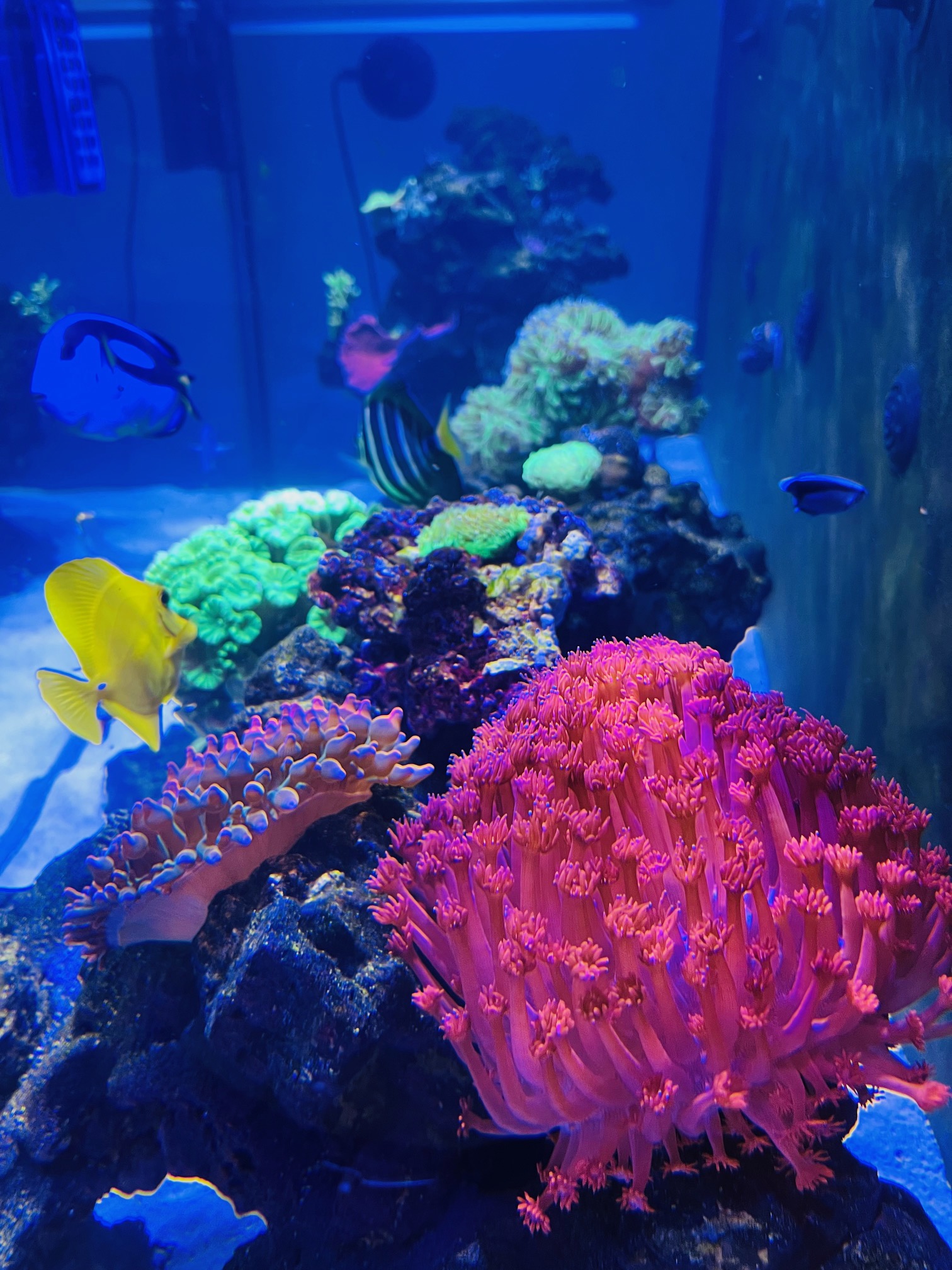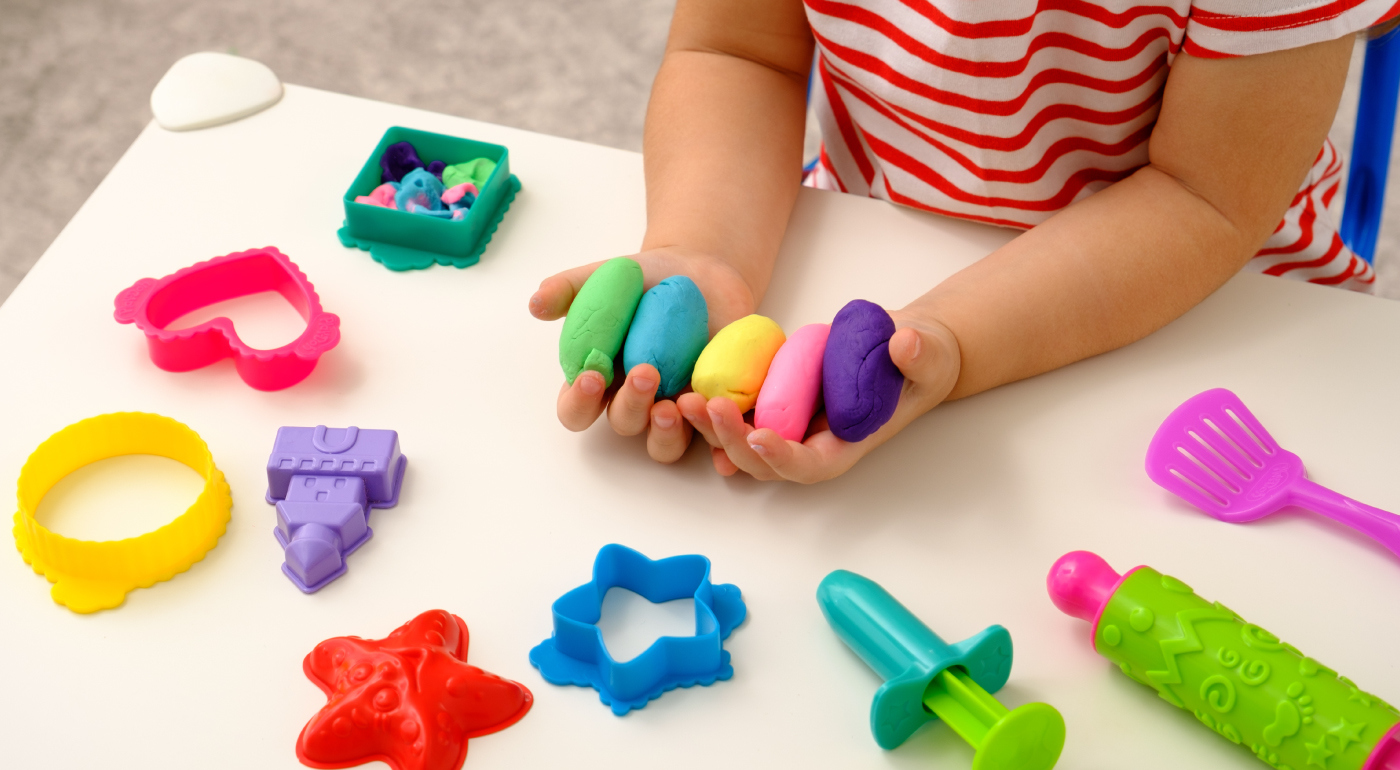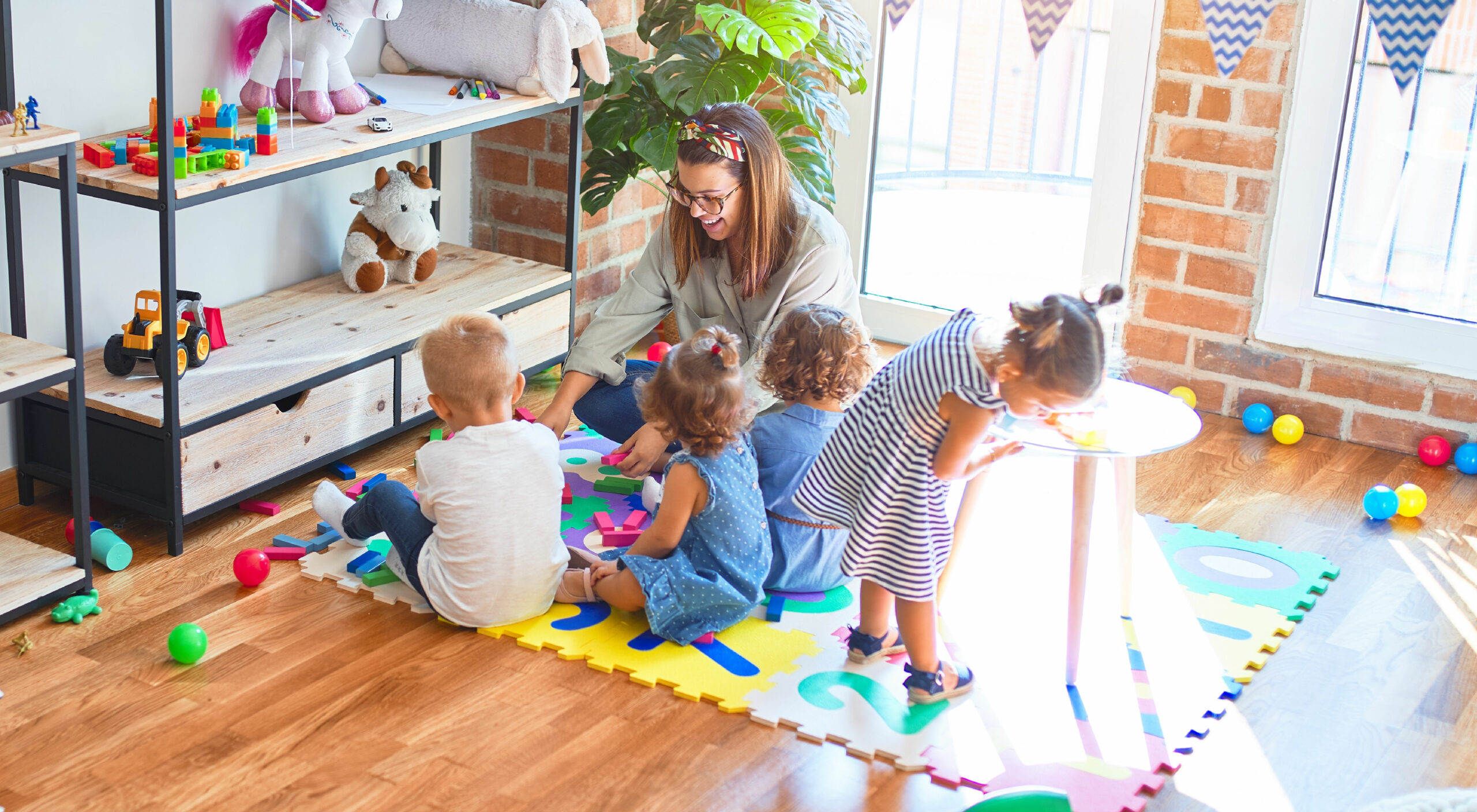At Piedmont Hills Montessori Academy, we believe that discovery and play are two of the best ways for children to learn. Children are born with the natural tendency to explore the world around them—they just need to be given the opportunity to explore and the chance to be curious. We engage children’s curiosity and imaginations with immersive playgrounds, free play, and guided exploration. Additionally, there’s one special discovery area that’s loved by our students, teachers, and parents alike—our aquarium.
That’s right, we have our very own big aquarium in the Ocean Room at PHMA. The aquarium is a unique classroom highlight, but it is so much more than that. It is an opportunity to learn and explore. Keep reading to learn more about our aquarium and the surprising benefits of aquariums for children.
The Benefits of Aquariums for Children
Aquariums are not only fascinating to observe, but they offer a variety of practical and educational benefits for children. We’ll just touch on a few in this blog post.
Aquariums Encourage Learning
Watching life unfold in an aquarium naturally leads children to ask questions about what they’re seeing. How do fish breathe underwater? Do fish sleep? Can fish hear us? Can anemone move? What do corals eat? Our students ask so many questions about marine life when observing the aquarium; sometimes they ask things we need to research ourselves! We love that our aquarium ignites their curiosity.
Aquariums can also serve as an interactive learning tool to help younger children remember basic learning blocks like colors, shapes, and counting. They might observe that a fish is blue, that there are three fish in the tank, or that a sea snail is circular. As you can see, aquariums are great teachers!
Aquariums Foster Responsibility
Aquariums aren’t completely self-sustaining, and children can learn responsibility by helping take care of them. We talk to students about other important tasks like feeding the fish, cleaning the tank, keeping it at a certain temperature, and maintaining clean water so that the creatures in it can thrive.
Aquariums Reduce Stress
Studies have shown that aquariums can actually lower one’s blood pressure and heart rate. Other research shows that exposure to aquariums reduces stress and anxiety. Research aside, it isn’t hard to see how this is true, especially given the fast-paced world we live in. Children live in a go-go-go world, but aquarium life isn’t like that at all. Simply observing a slower-paced, relaxed habitat can help children calm down and regulate big emotions. When they are feeling overwhelmed, they can pick a focal point in the aquarium to focus on until they feel calmer.
What’s in Our Aquarium?
Our aquarium is full of interesting sea creatures for children to observe. Take a look at what we currently have in our tank.
- Clownfish (think Nemo)
- Blue tang fish (think Dory)
- Yellow tang
- Purple tang
- Foxface rabbitfish
- Longnose hawkfish
- Cardinalfish
- Chromis fish
- Hard and soft corals
- Rainbow anemone
- Starfish
- Turbo snails
- Hermit crabs
- And more …
How We Incorporate Our Aquarium at PHMA
 Students interact with our aquarium through daily observations. They have the opportunity to observe what is happening in the tank, note anything that is different from previous days, ask questions about their observations, and talk with their peers about what they see.
Students interact with our aquarium through daily observations. They have the opportunity to observe what is happening in the tank, note anything that is different from previous days, ask questions about their observations, and talk with their peers about what they see.
In addition to daily observations, we also tie various art and science projects to the aquarium. We might ask children to draw a picture of what they see or paint a picture of their dream ocean animal. We might spend an afternoon learning about marine life and habitats or about how anemone reproduce (we actually got to see this recently!). There is no lack of learning opportunities when it comes to our aquarium.
Now that you know all about our aquarium, you can make it a point to ask your child what he or she observed in it each day. This is a great connection point with your little one, and it gives you a glimpse into their personal discoveries from day to day.
Sea Life Facts for Kids (and Adults!)
If we’ve sparked your own curiosity surrounding marine life and aquariums, you’re in luck. We rounded up some of our favorite sea life facts below. See if any of them surprise you!
- Corals are animals.
- All clownfish are born male. One dominant male will turn female when they grow up.
- Anemones reproduce by splitting.
- Anemones and clownfish have a symbiotic relationship and protect each other.
- Blue tangs sleep sideway between rocks or on the tank bottom.
- Aquariums require extremely stable water and light conditions to keep all the creatures happy and alive.
Check Out Our Aquarium!
If you haven’t had the chance to see our aquarium yet, be sure to check it out next time you stop by to drop off or pick up your child. Even if you’ve seen it before, it always has something new to discover and observe. If you’re not sure where to find it, one of our friendly staff members would be more than happy to show you.
If you’d like to schedule a tour to see our classrooms and aquarium, contact us today.



